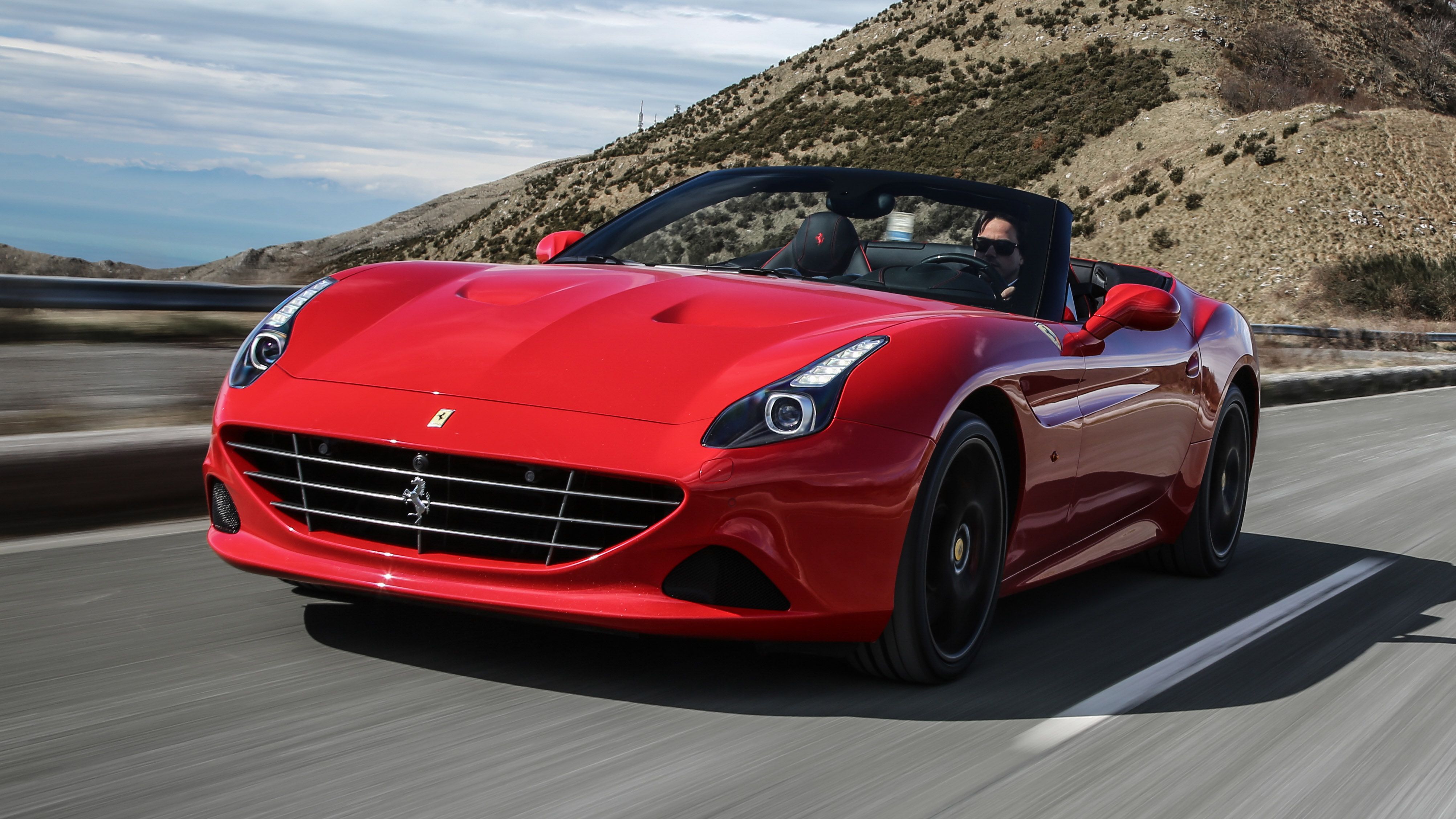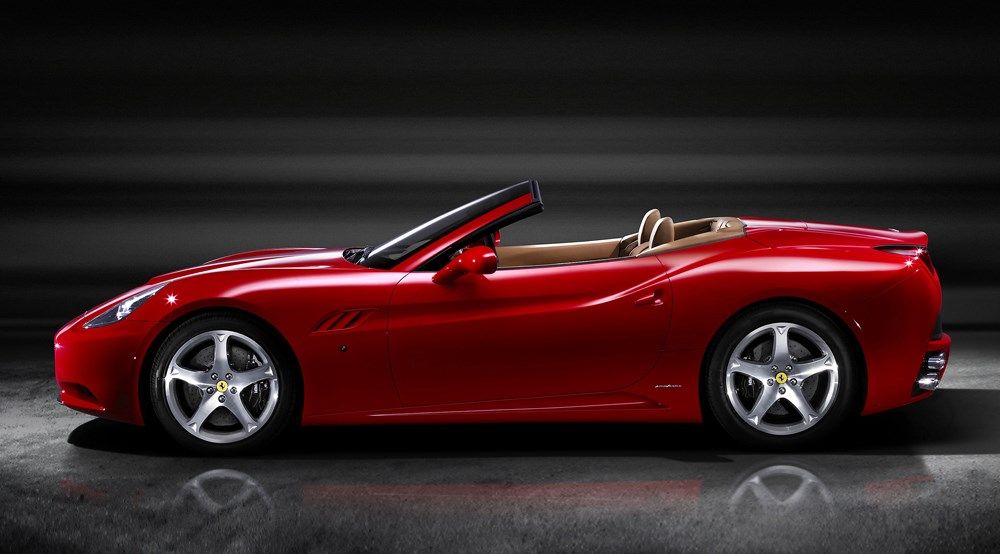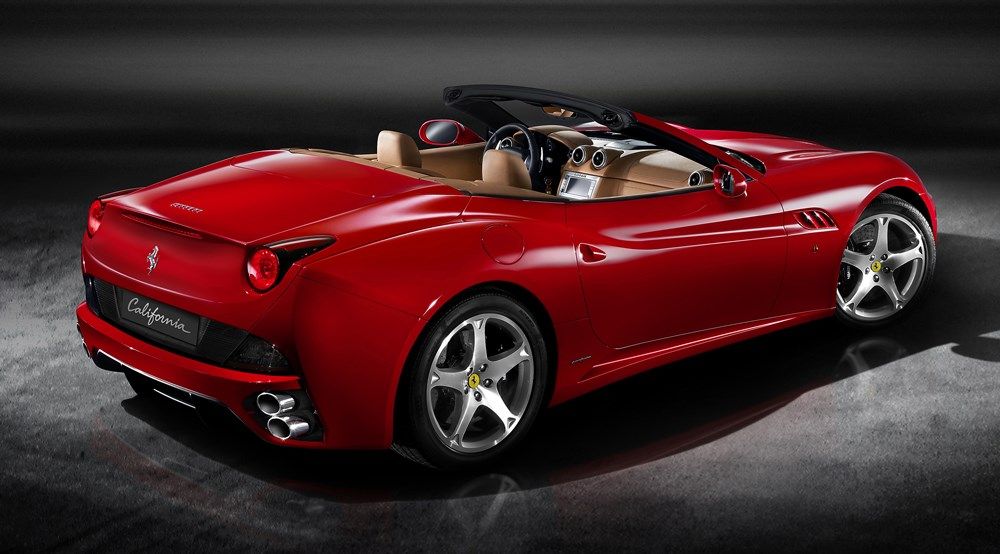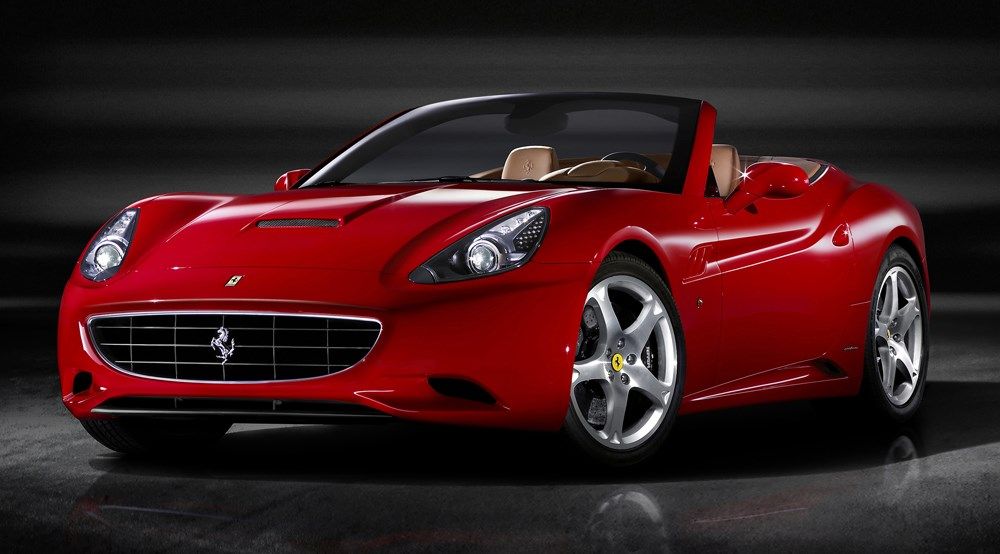When it was unveiled at the Paris Motor Show in October 2008, the California sparked a lot of conversation. To begin with, the new Ferrari California did not take the place of an earlier model of Ferrari. It was a brand-new car that was marketed toward younger drivers who had relatively lower incomes, but who all their lives had fantasized about owning a Ferrari. The cost was quite low when compared to other Ferrari models.
Notably, Ferrari California is a drop-top sports car that was developed to rival the likes of the Porsche 911 Turbo Convertible, the Mercedes SL 63, and the Aston Martin DB9 Volante. Despite persistent rumors to the contrary, Ferrari has stated this vehicle was never intended to be a Maserati.
To accommodate its construction, the Italian carmaker built a new production line at the Maranello factory. Even though the California has been stripped off many of Ferrari's typical privileges, it is still a Ferrari.
According To Some Ferrari Fans, The California Is Not A "Genuine" Ferrari
What exactly are they referring to? The California's 453 horsepower did not manage to impress everyone. Those who say so have probably never even gotten behind the wheel of the California. When driven, it is loaded with emotion and personality. The steering response is quick and precise, and the magnetic ride adaptive suspension makes it easy to turn.
With a production capacity of 6,000 vehicles a year, the California marked a list of firsts for Ferrari. It was the first Ferrari with a front-mounted V8 engine, the first with more effective direct injection, and the first with a dual-clutch sequential semi-automatic transmission! Notably, it was the first sports car to include a retractable aluminum roof, one of the hottest trends among sports cars.
In terms of the powertrain, Ferrari California was initially fitted with a 4.3-liter V8 engine that was paired with a seven-speed dual-clutch automated transmission. This engine is capable of producing 453 horsepower and 358 lb-ft of torque. This is sufficient to propel the California from rest to 62 miles per hour in under four seconds and on to a maximum speed of 194 miles per hour.
In 2012, Ferrari made a significant improvement to this generation of automobiles by cutting 66 pounds from the body and increasing the performance, bringing the total to 486 horsepower. In addition to that, the carmaker provided a Handling Speciale Package, which had magnetorheological dampers developed by Delphi called MagneRide. These elements, along with stiffer springs and updated engine control software, contributed to a 10% improvement in handling responsiveness.
In time for the 2014 model year, the California received a facelift in the form of the much improved California T. In place of the California's previous engine, which was a naturally aspirated unit, the new model was equipped with a 3.9-liter twin-turbo V8 that was responsible for producing 553 horsepower and 557 lb-ft of torque. The time it took to sprint from 0 to 60 mph was reduced to 3.5 seconds, and the quarter-mile was covered in 11.7 seconds. We have no choice but to admit that it is quite fast.
The California Is Often Criticized For Being Too Poorly Equipped For A Ferrari, But Is It?
Given that the California conceals a potent engine behind its hood, there is little question that it is worthy of the badge it proudly displays. However, there was a lot more to the Ferrari California than just its incredible performance. When you take a peek inside the cabin, you will notice that it is designed with the kind of refined sophistication that one would anticipate from a Ferrari.
Its interior is luxurious, with leather trim, aluminum highlights, and a touchscreen infotainment system. A display showing significant data, including a boost gauge and a digital clock, is mounted on top of the dash. Nevertheless, some things were left out of the package.
Some features, including the high-end JBL sound system, heated seats, an auto-dimming rearview mirror, and Apple Carplay compatibility, came at an additional $4,200, and $5,500 for the two-mode adaptive suspension system. Plus, the base price was "only" about $200,000.
Like it or not, the California is regarded as a significant vehicle for Ferrari because it marks the introduction of several innovations into their production of road cars. In the end, it shares the same badge as the illustrious 456, the legendary 288 GTO, and even the iconic Enzo, to name a few.
Ferrari California was given the name "California" after the Italian brand's 250 GT California from the late 1950s, which is now considered to be practically irreplaceable. Pininfarina introduced a groundbreaking new design for the California, created with Ken Okuyama serving as the project supervisor.




